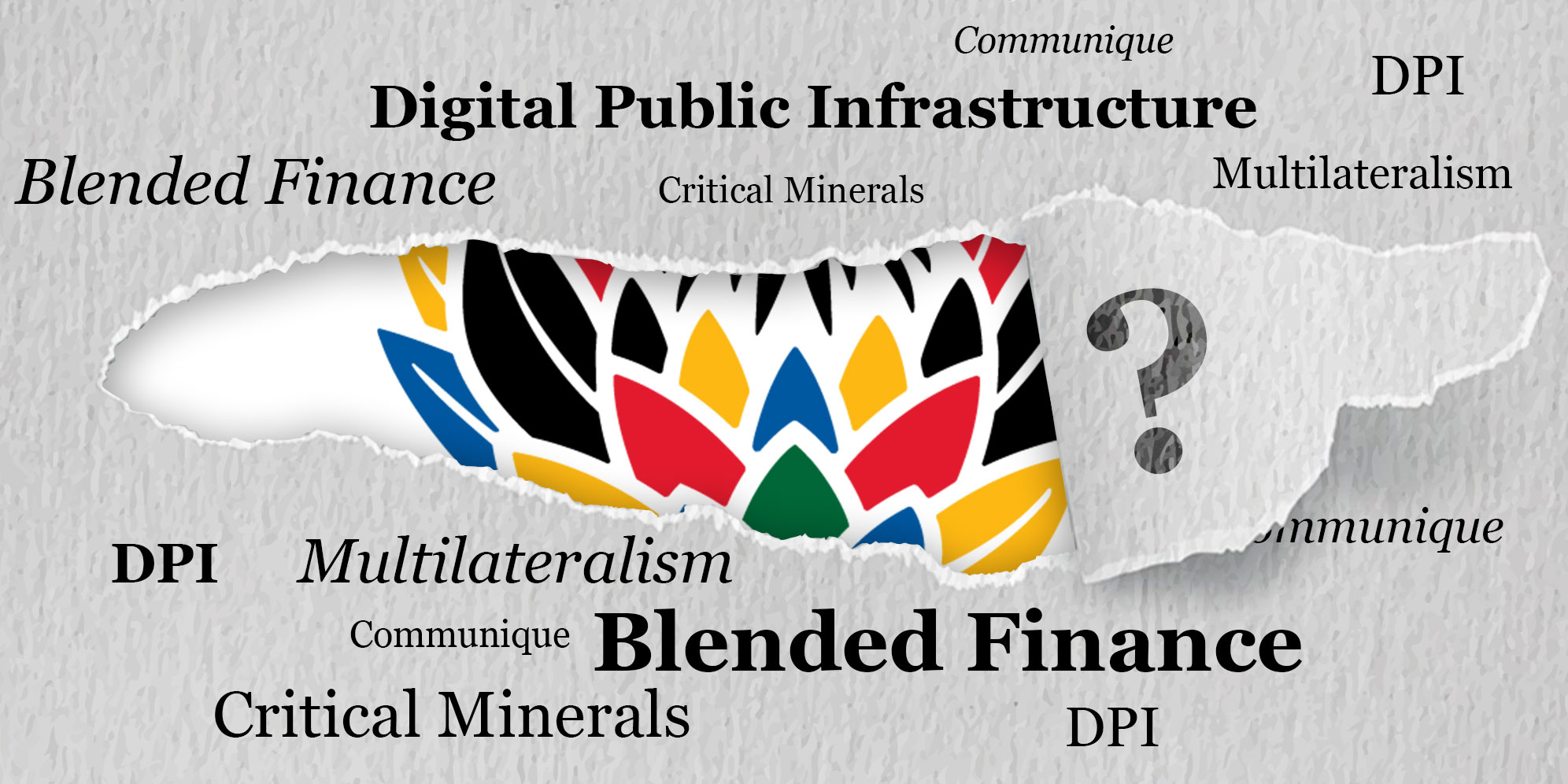1. DIGITAL PUBLIC INFRASTRUCTURE (DPI)
A set of shared digital building blocks – such as digital ID, real-time payments, data-sharing systems – that governments and businesses can plug into to deliver services (grants, pensions, tax refunds, health records, etc).
Think of it as the “roads and railways” of the digital economy: invisible plumbing that lets money, data and services move quickly and safely between citizens, government and companies.
2. BLENDED FINANCE
A way of structuring deals where public or philanthropic money (from governments, development banks, foundations) is used to “de-risk” projects so that private investors (banks, asset managers, pension funds) are willing to put in much larger sums. It’s often used for climate, infrastructure and development projects in emerging markets.
Think of it as a financial jump-start: government or donor money takes the first risk (like being the first one to taste a dodgy-looking dish), so that cautious investors feel safe enough to join in and fund the rest.
3. MULTILATERALISM
Things such as climate change, big financial crises or pandemics don’t stop at borders. Multilateralism is where many countries sit at one table, working (or at least trying to work) as a team to solve global problems.
4. COMMUNIQUE
Also known as the Leaders’ Declaration, this is the closest thing to a “contract” you get from the G20 – not legally binding, but politically powerful. Markets, governments and journalists read it to see what the big economies are planning.
Think of it as the agreed final statement of what the G20 says it will do and officially think about the world right now.
5. CRITICAL MINERALS
Critical minerals are the VIP minerals of the modern world – you can’t build phones, laptops, electric cars or wind turbines without them. By definition, they are essential for the economy, supply is risky (only a few countries have them), and there’s no easy substitute if things go wrong.
Examples include lithium and cobalt in batteries, rare earths in magnets, and copper in wiring.
Who controls these minerals can affect jobs, prices, climate action and even global political power...
6. BENEFICIATION
This refers to the process of taking raw minerals and adding value to them before they leave the country. Instead of just exporting unprocessed ore, a country crushes, smelts, refines or even turns it into finished products like battery chemicals or metal parts. The idea is to keep more jobs, skills and profits at home, instead of exporting rocks and importing expensive finished goods back into the country. DM




 Illustrative Image: Torn paper (Image: Freepik) | G20 Logo (Image: G20 website)
Illustrative Image: Torn paper (Image: Freepik) | G20 Logo (Image: G20 website)